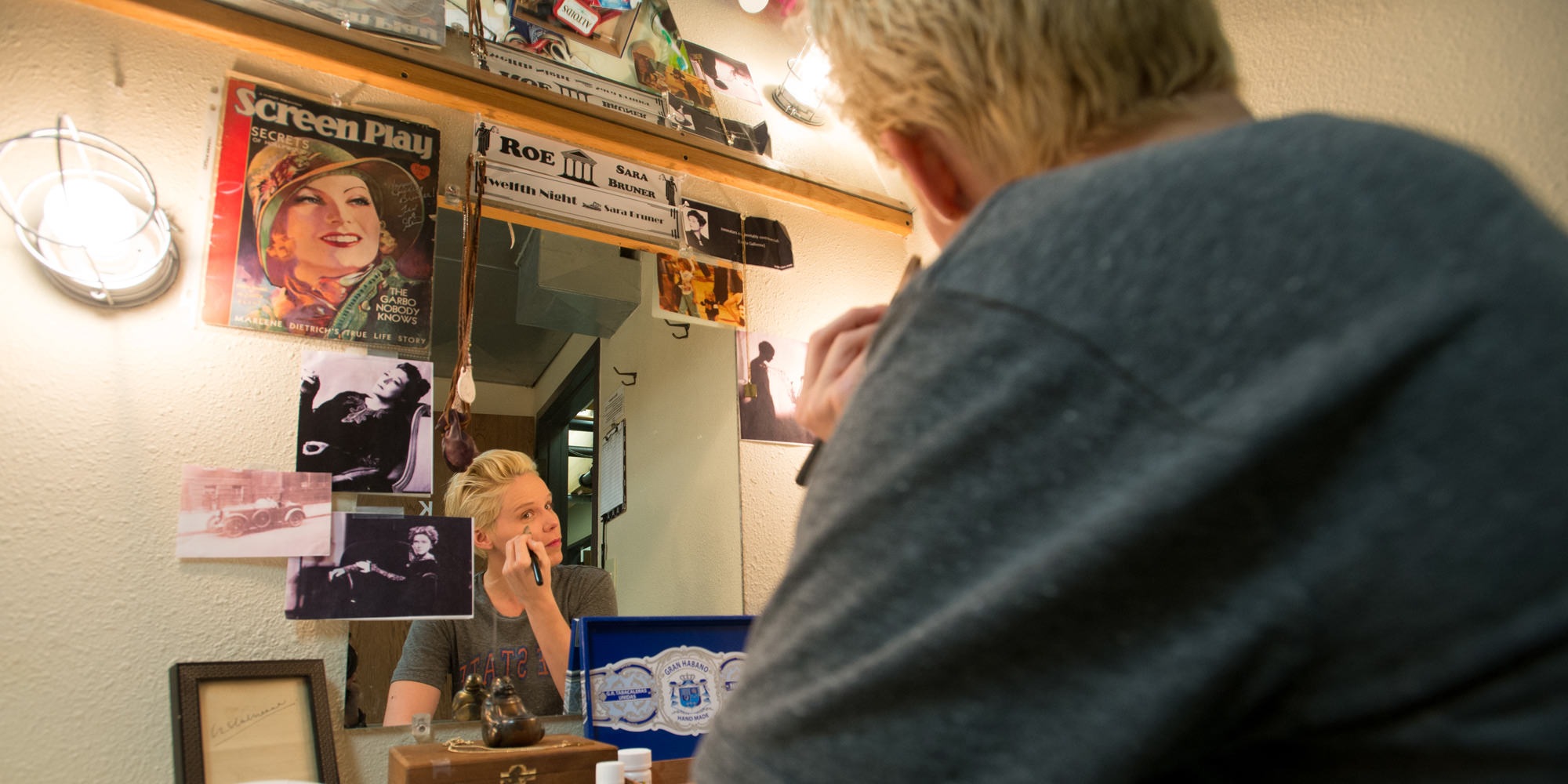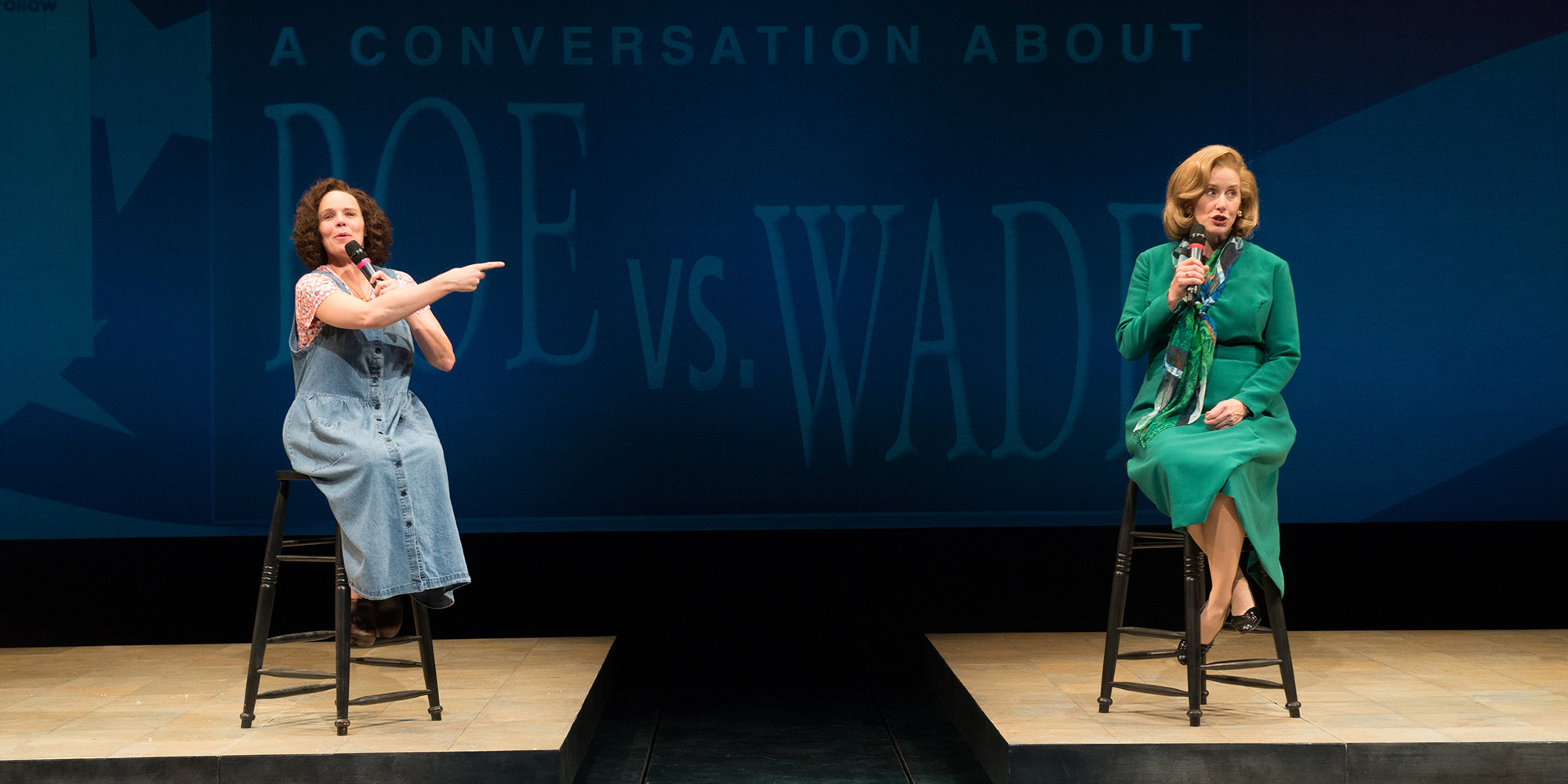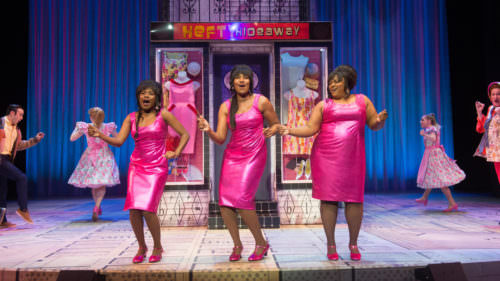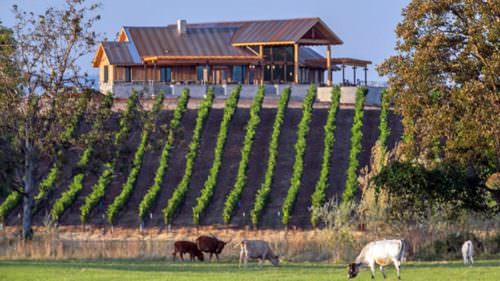There’s a scene in the fifth act of the Oregon Shakespeare Festival (OSF) production of “Twelfth Night” when twins Viola and Sebastian appear together onstage. It’s a rare moment of magic — due not only to the glamorous set design but also to the fact that the same actor, Sara Bruner, plays both characters.
For a few spellbinding minutes, the audience witnesses the touching interaction of these androgynous siblings — an affecting performance from Bruner made possible by cinematic sleight of hand, fitting given that director Christopher Liam Moore has set Shakespeare’s identity-blurring comedy in the glitzy tinsel of 1930s Hollywood.
While just a flash in the dazzling world of the play, which runs for nearly three tune-filled hours, this technical scene demonstrates the seamless melding of creative forces that have made the Tony Award-winning festival one of the most celebrated in the nation for 81 years.
Since it’s tucked in the foothills of the Siskiyou and Cascade mountains, there’s something about the OSF experience that feels secluded and almost hidden. Still, the festival is no well-kept secret. Each season more than 100,000 people visit the little city of Ashland (pop. 20,713) and purchase nearly 400,000 tickets for shows, which range from productions of classics by the Bard to compelling new work by contemporary playwrights.
But when watching the action unfold from the theaters’ seats, it’s hard to get a sense of what happens before the curtains rise — a seldom-seen realm beyond the reach of the audience where each play comes to life.

Going Behind the Curtains
Bruner’s no stranger to the disorienting land of Illyria. She’s twice before starred in “Twelfth Night” at other regional theater companies, but neither of those productions compares to this shimmering show at OSF, where she simultaneously plays both twins for the first time in her career.
“I grew up working in regional theater, and there are a lot of things that feel very familiar here,” says Bruner, who spent 17 years at the Idaho Shakespeare Festival before migrating to Southern Oregon. “But the Oregon Shakespeare Festival takes it to an entirely new level. Everything is bigger, and the stakes can feel high at times because there is a national eye on the company.”
The bold nature of this staging of “Twelfth Night” sheds light on the depth of the company’s creative process.
Bruner received her casting in July 2015 and immediately began working on her parts. Rehearsals for the play, which opened on Feb. 19, 2016, commenced in January, when she spent eight hours a day, six days a week, sweating through each scene with the rest of the cast.
It’s here, in these collaborative moments, that you see the number of creative minds it takes to breathe life into a script — such as the hundreds of artists, dancers, musicians, stagehands and other talent who tinker behind the scenes. But even before rehearsal begins, aural and visual designers have toiled to create old-school Tinseltown glamour, and craftspeople in the seemingly magical production shop have constructed things that were entirely dreamed up.
From scenic designers to costumers to a fight director, a team that never appears on stage builds every physical element and every moment of action. Still, many theatergoers only ponder their involvement while flipping through the playbill and perusing the credits.
“As actors we often become the focal point, because we’re the thing everybody comes and sits down to stare at for three hours,” Bruner says. “But we are such a tiny, tiny piece of a much bigger operation that’s happening.”

What Stories Matter Now
If rehearsal sounds intense, it’s nothing like the abrupt arrival of the audience for opening night. “The process of inviting people in and giving the play away is a very strange one,” admits Bruner. “It moves from single and private to collective and private in rehearsal, then the audience comes and you think, ‘No! This is ours! I’ve been working on this and now I have to share it?’”
For the onstage talent, the audience changes everything. They’re the missing pieces. They’re the much-awaited guests at the party. And the festival’s artistic leadership thoroughly considers how they’ll interact with each play. It’s the topic of early discussions — sometimes two years prior to the opening performance — that form the genesis of the 11 stories enacted on OSF’s three stages.
Going back before the production exists in 3-D, artistic director Bill Rauch leads a team that envisions the concept for each play, explains Bruner. “It all starts with conversations here about what kind of work would be relevant right now and what would be an important story to tell,” she says. “And with 80-plus years of momentum, we have an atmosphere where we’re allowed to take creative risks.”
In the 2017 season, a number of the plays seem like they were chosen to strike a nerve and prompt dialogue around trending social topics. In the current season, Bruner is cast as Sir Hugh Evans in The Merry Wives of Windsor; and LeFou and ensemble in Disney’s Beauty and the Beast.
“In a heated political climate, this is juicy — no pressure,” she quips, pondering the random chats she may have with guests as she gets her morning coffee. “There’s no hiding the issues these plays address. And let’s be honest, these aren’t easy conversations to have.”
But Bruner and the 500 other members who make up the OSF theater company find meaning in telling stories that move, entertain and probe substantive issues — even difficult, deeply personal ones.
“I love being able to stand up, tell stories and examine ideas that matter to me in my life,” she says. “And to do that on a public forum and know that there are people out there who may identify with the work, or whom it might help in some way, that’s ultimately the best thing that could happen.”



